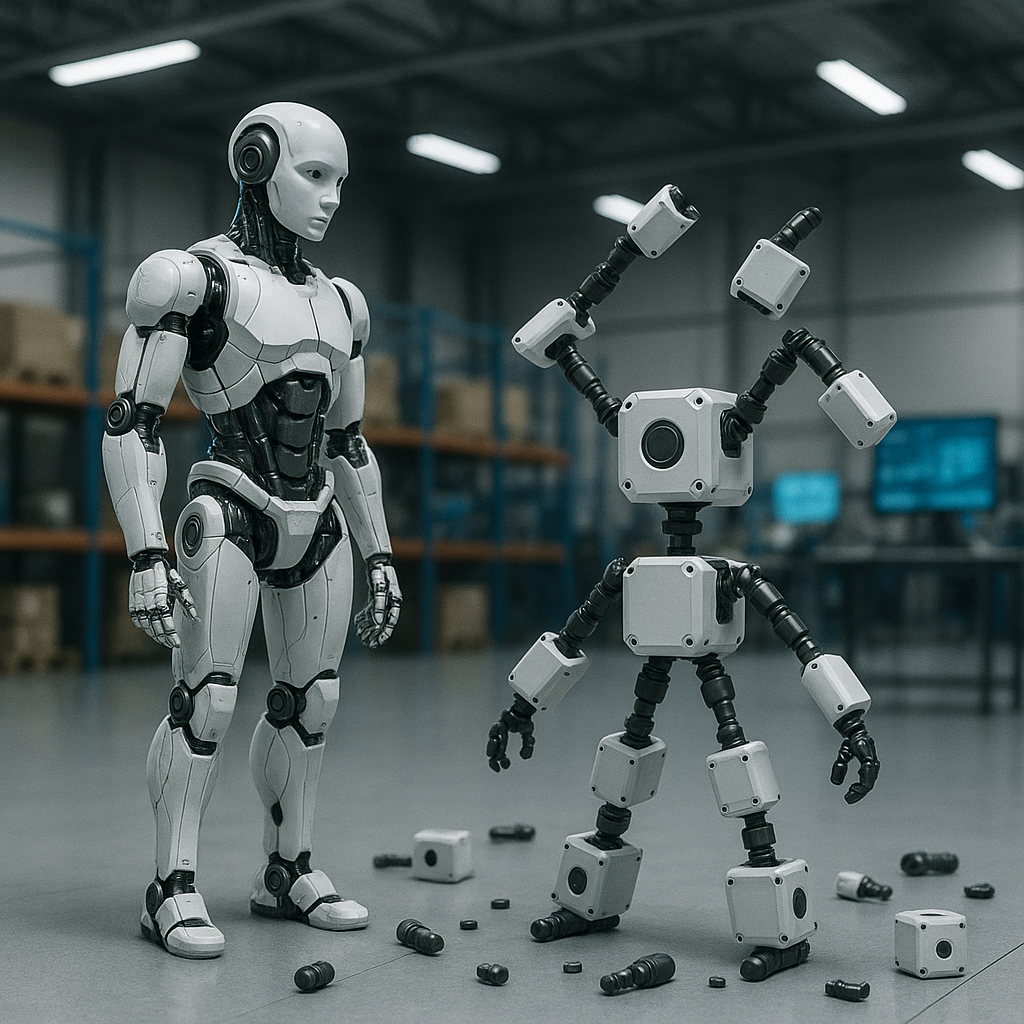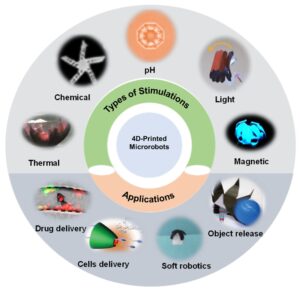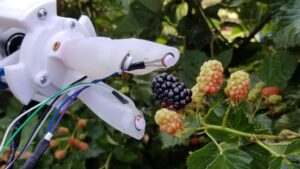On July 29, Skild AI—backed by Amazon, SoftBank and others—unveiled Skild Brain, a general‑purpose AI model capable of powering diverse robots including humanoids and industrial machines. The model enables navigation, manipulation and adaptation across chaotic environments. (Reuters)
In parallel, Columbia University scientists introduced a modular robot prototype that can grow, repair and reconfigure itself by consuming other robots or environmental components. The breakthrough concept is called robot metabolism. (Live Science)
Skild Brain Enables Multi‑Robot Intelligence
Skild Brain was trained using simulated scenarios, human action videos and real-world feedback. Its AI capabilities allow physical robots to climb stairs, recover from being pushed and work in cluttered environments. (Reuters)
Skild has partnerships in logistics and industry including LG CNS. The model includes built‑in safety limits on force to ensure secure robot interactions across diverse use cases. (Reuters)
Robots That Evolve via Environmental Interaction
Columbia’s modular robots are built from magnetic truss links that can self‑assemble, adapt shape and repair damage by integrating external modules or consuming smaller robots. This ability was demonstrated in controlled lab tests. (Live Science)
The robots can change from flat 2-D chains into complex 3-D structures and adapt to terrain. They even added walking appendages mid‑trial to navigate rough ground. The concept is seen as a step toward autonomous, maintenance‑free robotic ecosystems. (Live Science)
Why These Developments Matter
Skild Brain represents a leap from task‑specific robots to adaptable AI systems. It may significantly lower the cost of deploying robots across warehouses, factories and shared-service environments. (Reuters)
Robot metabolism promises self-sustaining machines. Such autonomy could be vital in environments like space habitats or disaster zones where maintenance is expensive or impossible. (Live Science)
Challenges and Next Steps
Skild still faces challenges in ensuring AI generality does not compromise task-specific performance or safety compliance. Real-world testing is underway with industrial partners. (Reuters)
Columbia’s modular robots remain limited in scale and speed. Researchers will need to improve control accuracy, energy usage and transformation speed before these systems become practical. (Live Science)
What Comes Next
In coming months Skild will expand its model deployment across physical robots in logistics and manufacturing. For its part, Columbia plans more complex environmental tests and cooperation with field robotics groups. (Reuters)
Together, the general‑purpose AI model and self‑repairing robots highlight two complementary trends: smarter robotic brains and more resilient robotic bodies. These innovations may reshape how and where autonomous machines operate. (Live Science)
Sources: Reuters (Skild Brain launch), Live Science (robot metabolism)




